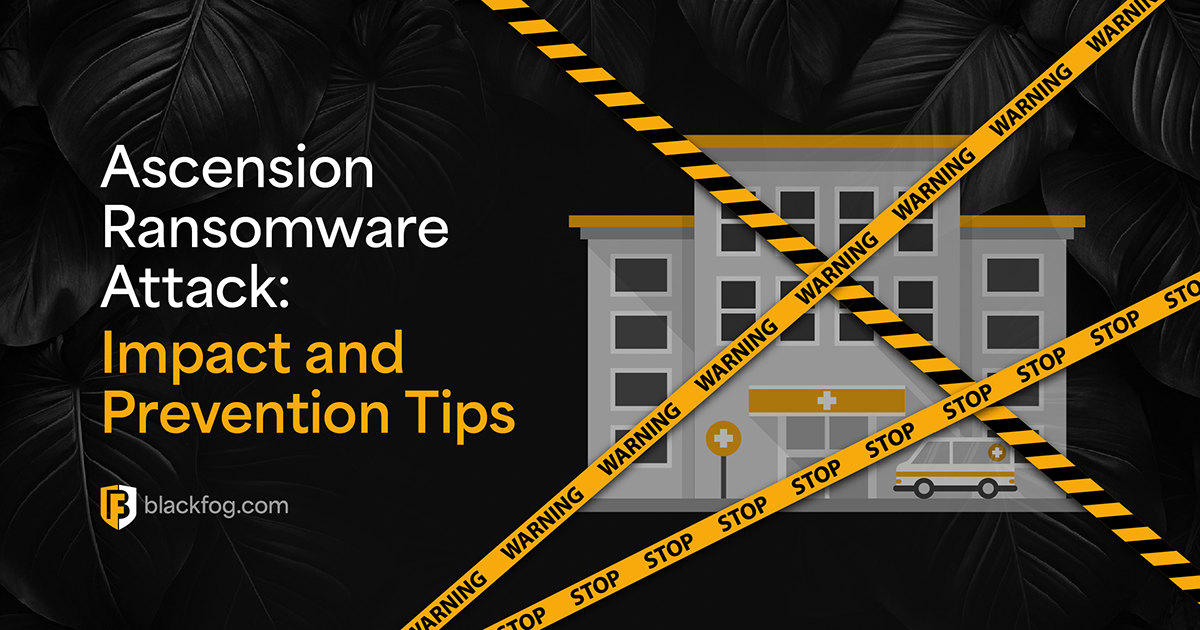
The White House’s cybersecurity funding roll-out has implications far beyond US borders.
In mid-September, the Department of Homeland Security announced that it would begin distributing cybersecurity funds to critical infrastructure providers as part of the Biden administration’s $1.2 trillion infrastructure deal signed the previous year.
The law dedicates $1 billion to addressing cybersecurity vulnerabilities in US critical infrastructure over four years. The September announcement marks the roll-out of the first tranche of funding, distributing $185 million to infrastructure providers who successfully apply.
Applicants must apply within 60 days of the announcement and have considerable freedom in choosing how the funds are to be spent. Both new and existing cybersecurity programs are eligible for coverage.
For many infrastructure providers, these funds could not have come at a more crucial time. Cyberattacks on critical infrastructure – from transport systems to power grids and water management utilities – have only grown in frequency and intensity since the bill was signed into law.
The Time to Invest in Infrastructure Security Is Now
The US government’s announcement comes immediately following a high-profile attack on the country’s second-largest school district. Government agencies, public institutions, and infrastructure providers continue to face constant cybersecurity threats, and urgently need to invest in robust solutions for protecting sensitive data.
While US states have long been eligible to apply for cybersecurity funding through FEMA’s Homeland Security Grant program, these funds are typically divided between information security programs, natural-disaster plans, and counterterrorism initiatives. For many, the new announcement is an incentive to invest purely in updating the security of information and operating technology infrastructure.
But cybercrime is not purely an American problem. Other countries are experiencing a dramatic surge in cybercriminal activity, with repercussions that can deeply impact energy security for the rest of the world.
Whenever cybercriminals successfully infiltrate a critical infrastructure provider, they gain valuable experience and become even more dangerous. When cybercriminals receive money from victims, part of it goes towards reinforcing their technological capabilities and hiring more capable talent. The cybercrime problem is not limited to any one country or industry.
Cyberattacks on Critical Infrastructure Have Become a Global Trend
The United States is not the only country facing disruptive cyberattacks on critical infrastructure. Many public and private institutions have found themselves targeted by sophisticated cyberattacks.
Some examples of the recent surge in critical infrastructure attacks include the following.
Secure Critical Infrastructure with Robust Prevention-based Technology
Government agencies tend to make appealing targets because they are large institutions that millions of people rely on. Despite their importance, they often remain critically underfunded for years at a time.
This is especially the case in countries undergoing social, economic, or geo-political crises that drag public attention away from security threats and their potential impact. Opportunistic cybercriminals have shown that they will readily exploit these problems, triggering attacks the moment they think it will bring them maximum leverage over their victims.
Prevention-based technologies like anti data exfiltration (ADX) remain the best way to protect critical systems from opportunistic exploitation. Infrastructure providers must recognize that keeping malicious insiders out of sensitive systems is not always possible.
A robust ADX-powered security policy can make launching attacks, stealing data, and communicating with foreign command-and-control servers too costly and time-consuming to be viable. This makes ADX technology a powerful component of the critical infrastructure security tech stack.
BlackFog is a cybersecurity technology vendor that specializes in anti data exfiltration technology. BlackFog’s ADX solution helps critical infrastructure providers prevent attackers from moving sensitive data from its secured location. Find out how BlackFog’s security solutions can help your organization meet its cybersecurity challenges today.
Related Posts
Fast Flux Attacks Explained and How to Prevent Data Exfiltration
Find out how "fast fluxing," a technique used by cybercriminals and rogue nations to hide their online actions, poses a risk to national security and how BlackFog's technology stops sensitive data from being stolen.
Black Basta Ransomware: Protection, Prevention, and Recovery Guide
Learn how to stay safe from Black Basta ransomware group with advice on how to spot, prevent, and recover from attacks. Understand how these attacks work, explore real-life examples, and discover strategies to protect against ransomware.
Ascension Ransomware Attack: Impact and Prevention Tips
Learn how the Ascension ransomware attack disrupted healthcare services, the financial consequences, and the cybersecurity lessons it taught. Also receive advice on protecting patient data and preventing similar attacks in the future.
Essential Data Loss Prevention Best Practices Every Firm Should Know
Following these seven data loss prevention best practices can help any firm reduce the risk of falling victim to threats like ransomware.
BlackFog Report Reveals Record Number of Ransomware Attacks from January to March
BlackFog reports a record-breaking surge in ransomware attacks Q1 2025, with 278 disclosed cases and a 113% rise in undisclosed incidents.
AI for Network Security and Monitoring: Enhancing Cyber Defense
What opportunities do AI ransomware protection tools offer to cybersecurity pros?






